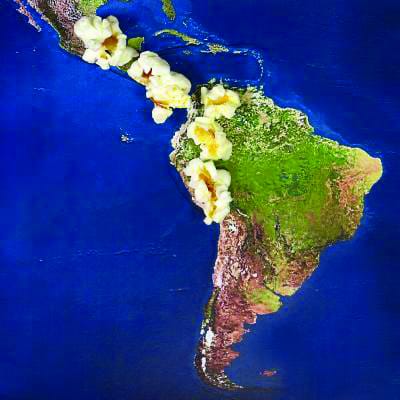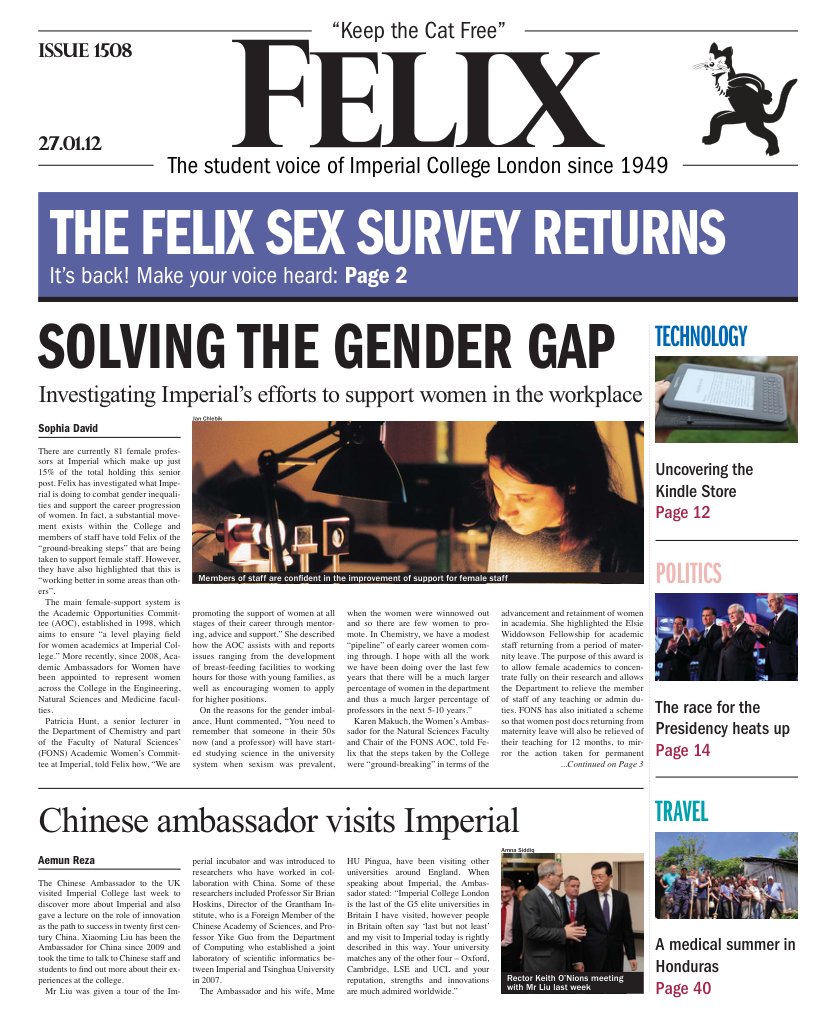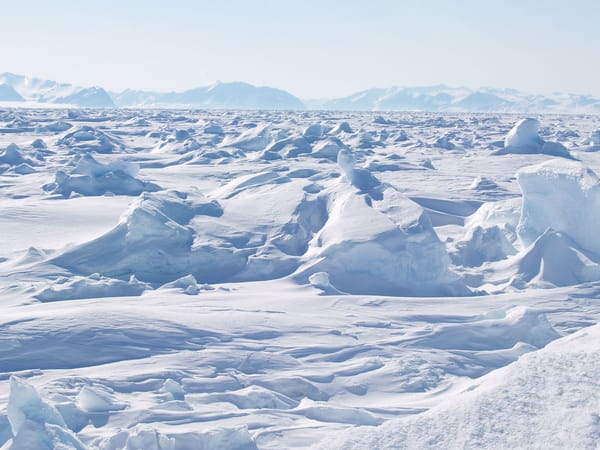Ancient popcorn found in Peru
Research suggests ancient Peruvians were eating popcorn 2000 years earlier than previously estimated

They may not have had any decent bowls to eat it from, but new research suggests that, as long ago as around 4600 BC, ancient Peruvians were eating popcorn. A research group led by Tom Dillehay from Vanderbilt University, and Duccio Bonavia, from Peru’s Academia Nacional de la Histori, have found South America’s earliest ever examples of corn ‘microfossils’, at two mound sites, Paredones and Huaca Prieta, on the northern coast of Peru. These fossils, together with some of the oldest known corn cobs, husks, stalks, and tassels, discovered at the site, indicate that the area’s ancient inhabitants were using corn in a variety of ways, from corn flour to popcorn – despite it not yet being an important part of their diet. What makes this story even more fascinating is that, with this discovery putting popcorn on the Peruvian map around 2,000 years earlier than previously estimated, such use of corn now predates the first known examples of ceramic pottery in the region. In a paper recently published in the Proceedings of the National Academy of Sciences, Dolores Piperno, of the Smithsonian Tropical Research Institute, explains how the domestication of corn, originating in Mexico around 9,000 years ago, spread in only a few thousand years to South America, and thus “in many areas corn arrived before pots did.” She goes on to conclude about the ancient Peruvians that “early experimentation with corn as a food was not dependent on the presence of pottery”. The complex history of the hundreds of varieties of corn now present is still largely unclear, especially for such early time periods, as any historical evidence of corn cobs or kernels were hardly well preserved in the humid tropical rainforests between Central and South America where the crop is thought to have been originally dispersed. The wealth of information provided by this new data is therefore incredibly valuable in trying to get a glimpse of how and where corn became what it is today. Arianna Sorba







